Report this entry
More from the same community-collection
Alfredo Lozano - Company E, 1940 - 1949
Photograph of Alfredo Lozano after receiving the purple heart. ...
Colonel Armando Ruiz - 1940 - 1949
Colonel Armando "Tommy" Ruiz, is a Graduate of Bowie high school ...
Emblem - 141st Regiment-2nd Battalion - Company E - 1941
Emblem - 141st Regiment-2nd Battalion - Company E - 36th ...
Lorenzo Macias - Company E - 1941
Lorenzo Macias member of Company E was killed in action December ...
Lorenzo Luna - Company E - 1941
Lorenzo Luna was a member of Company E. Hispanics of the 141st ...
Rafael Torres - Company E - 1942
Rafael Torres - Company E - 1942 - member of the famous Company ...
Ramon G. Gutierrez - Company E - 1942
Ramon G. Gutierrez was a member of Company E during World War ...
Marcelino Valadez - Company E - 1942
Marcelino Valadez - Company E - 1942 - member of Company E. An ...
Ricardo Palacios Jr. - 1941 - Company E
Ricardo Palacios Jr. at Camp Bowie - Brownwood, Texas. Ricardo ...
Patriots From The Barrio - Dave Gutierrez
The true WWII story of the men who served in the U.S. Army's all ...
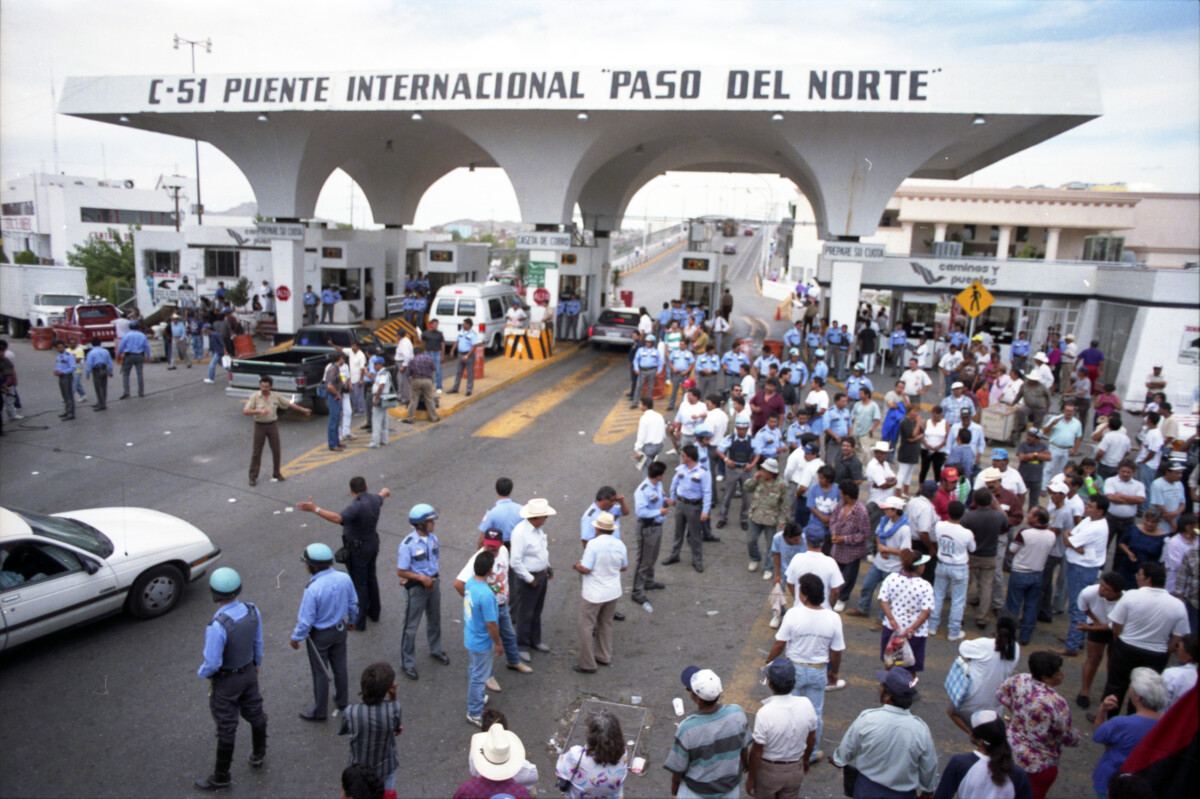
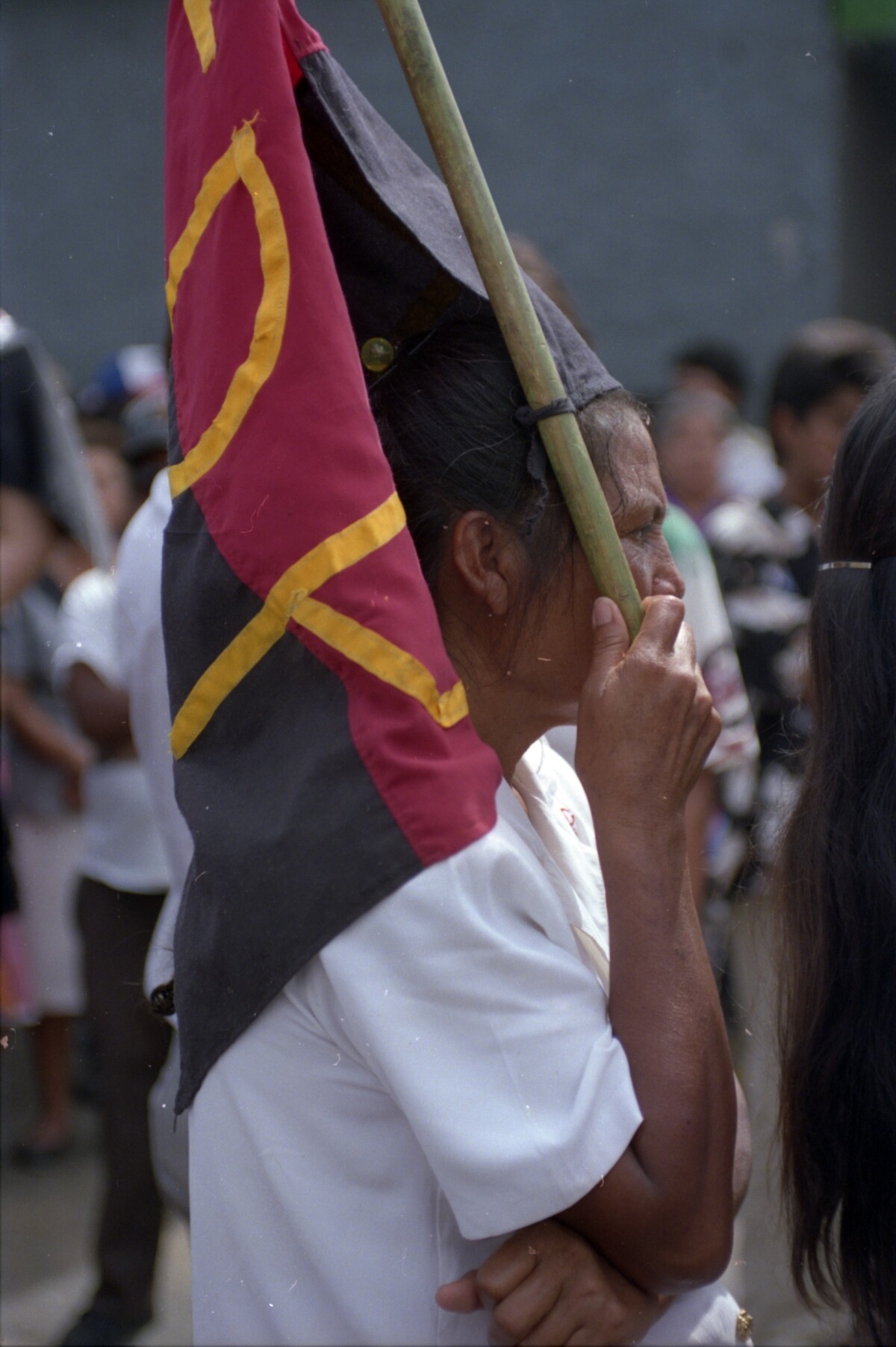

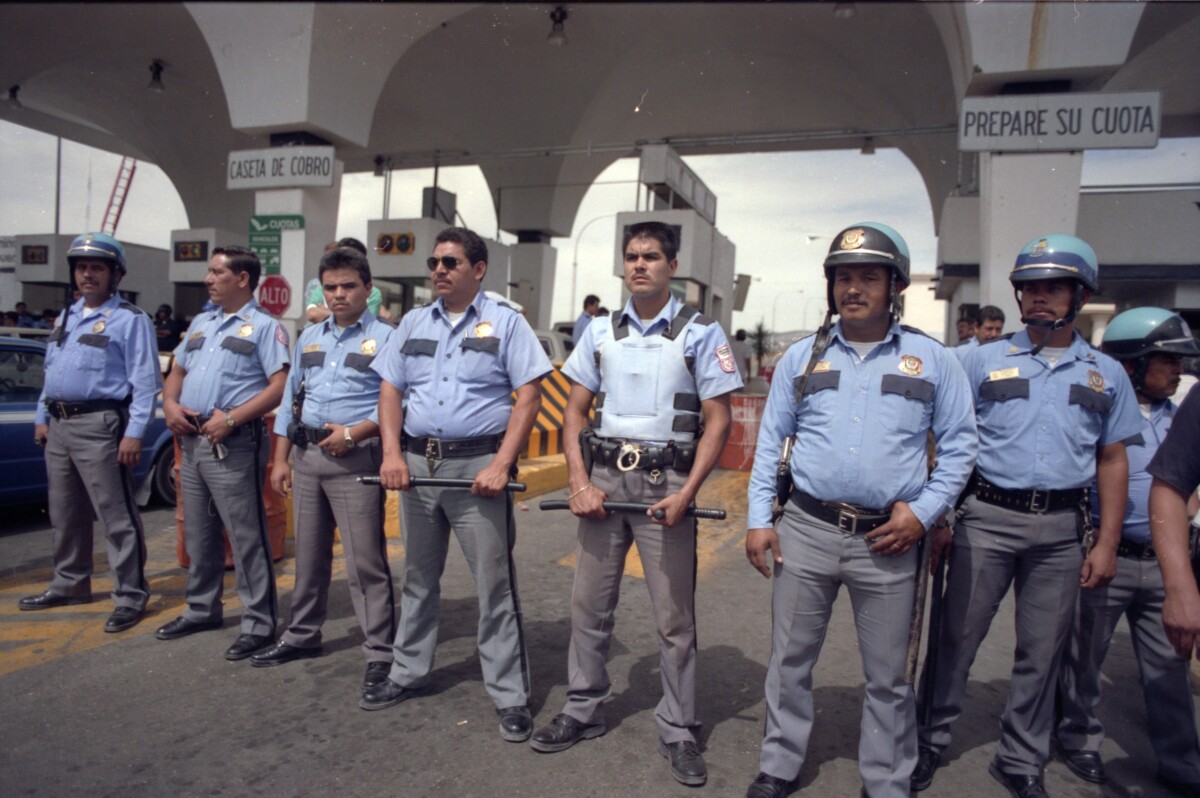
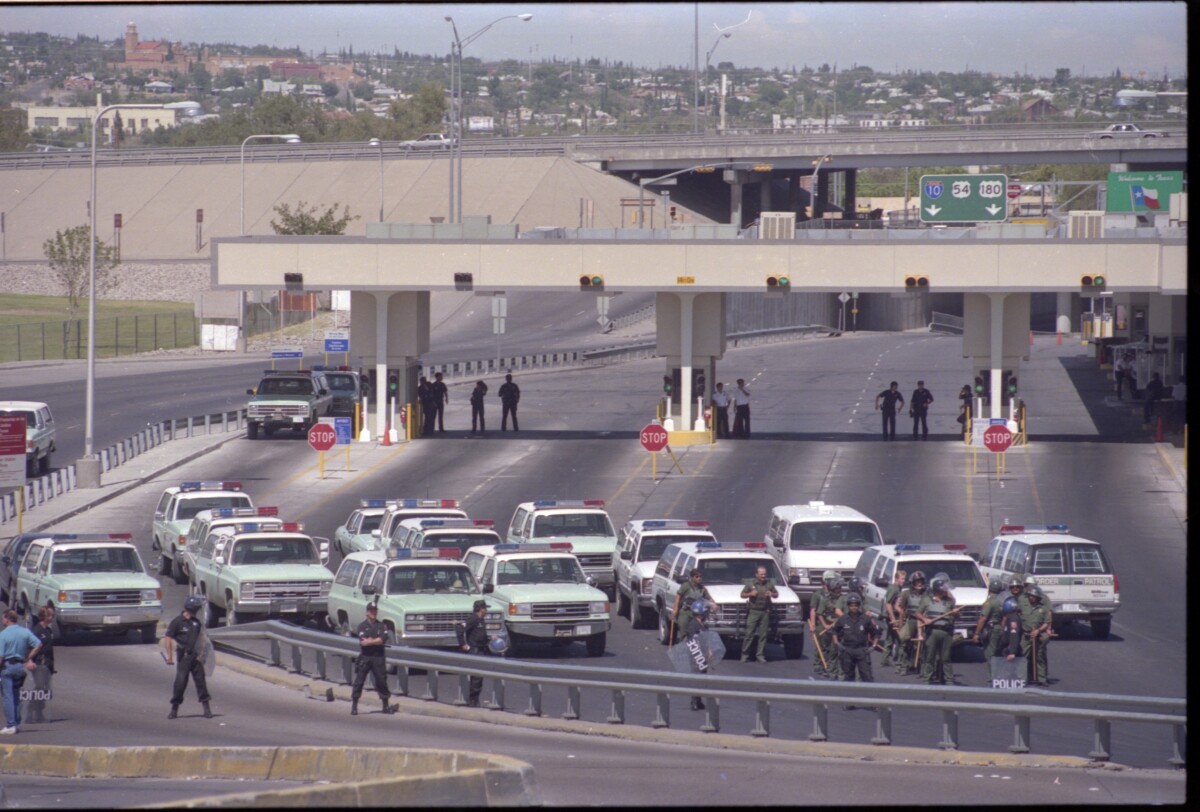

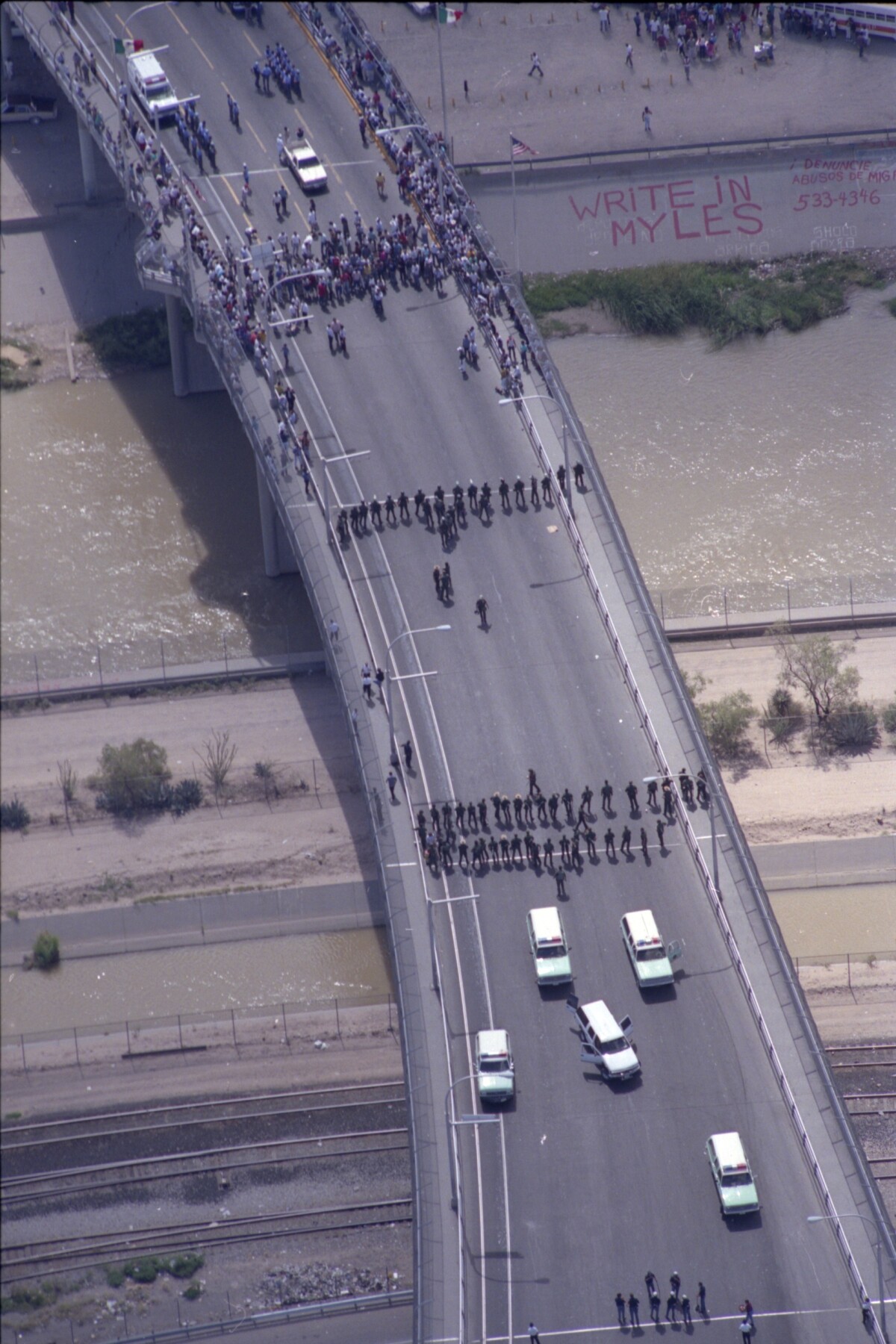
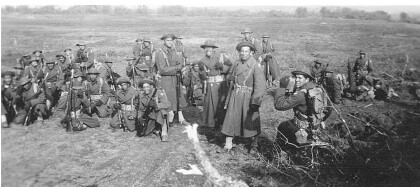
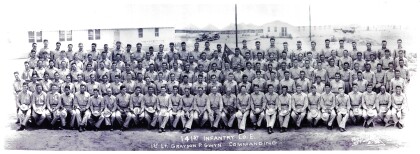
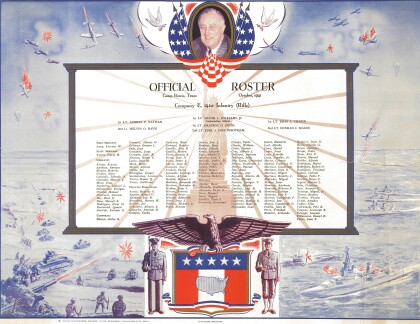
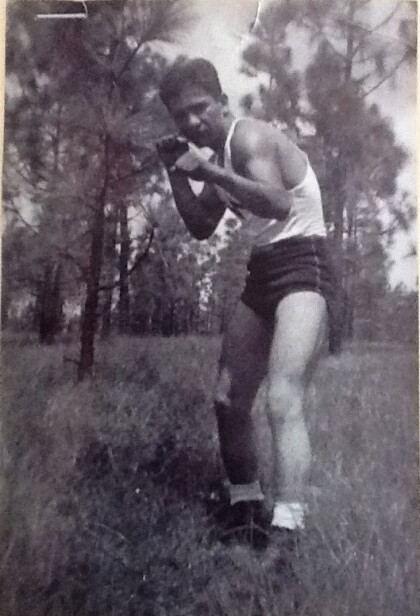

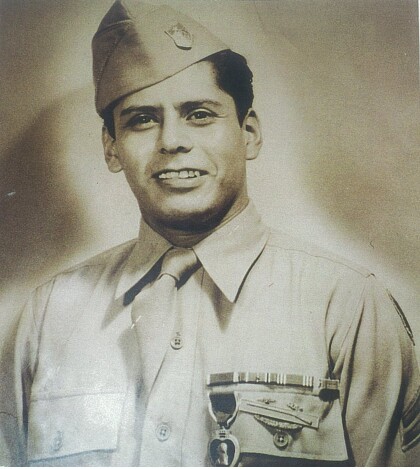
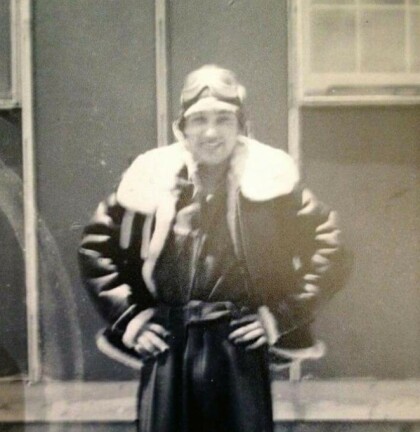
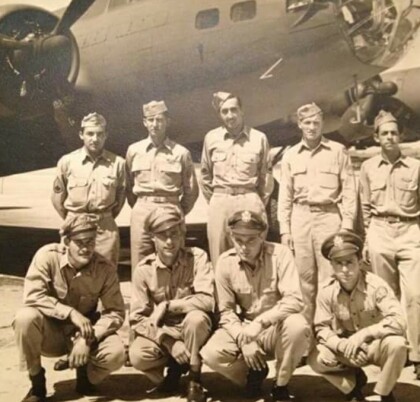
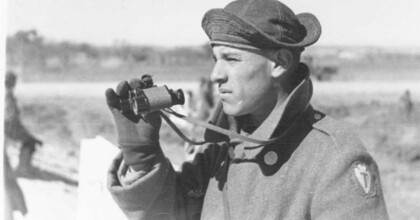
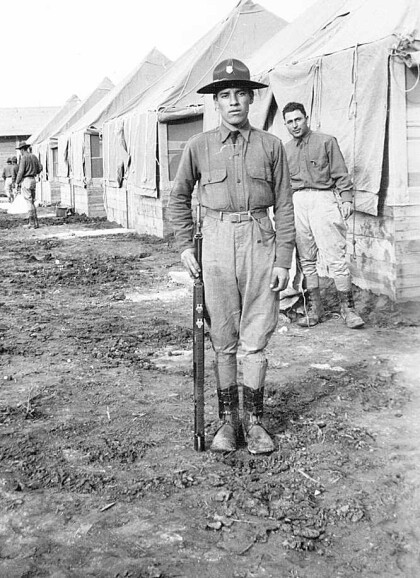
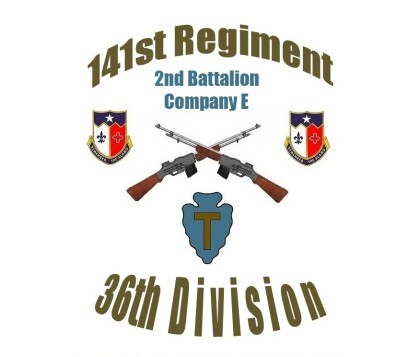
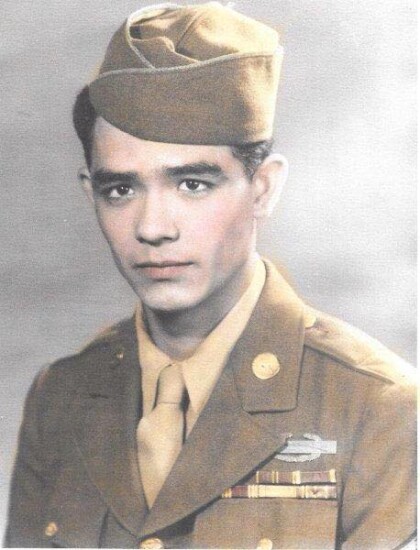

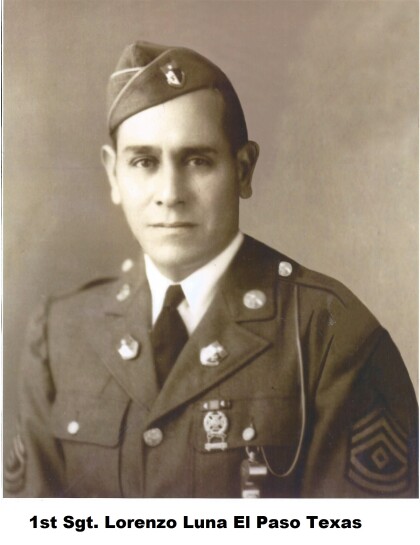
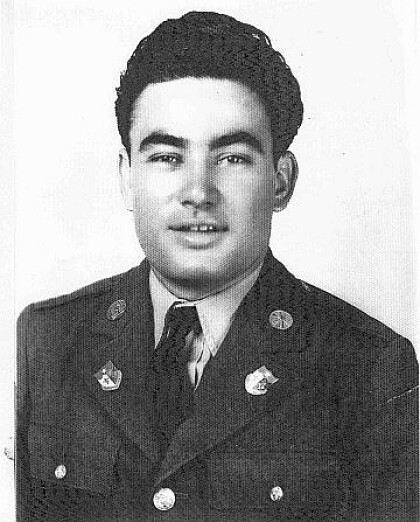
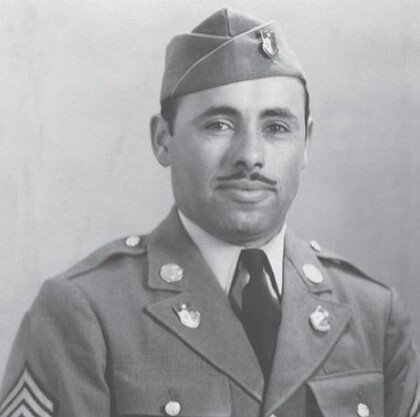
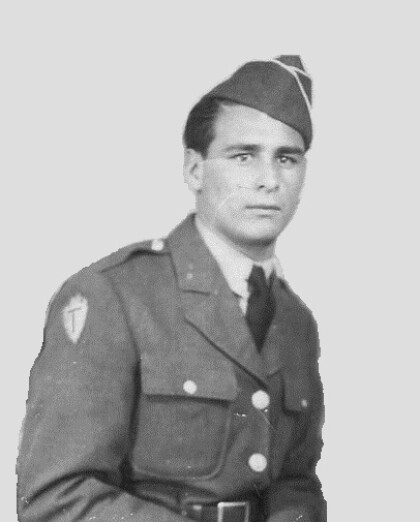
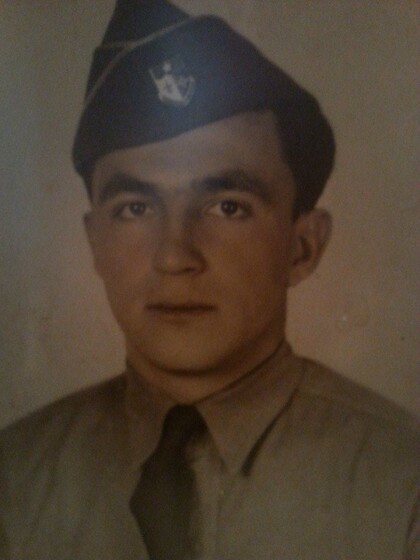
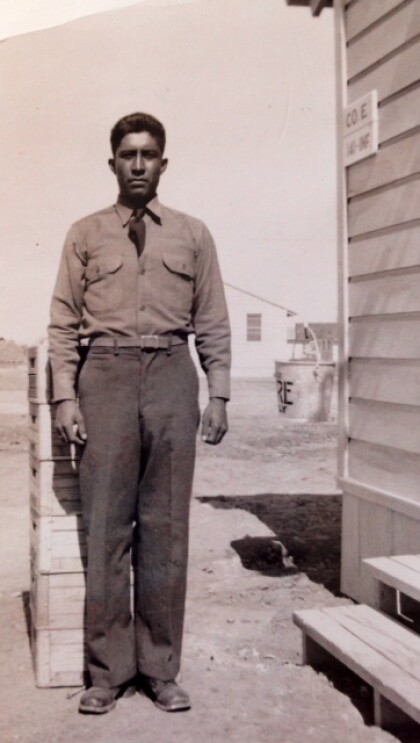
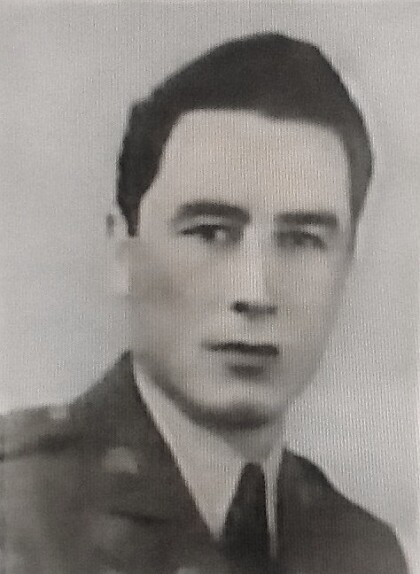
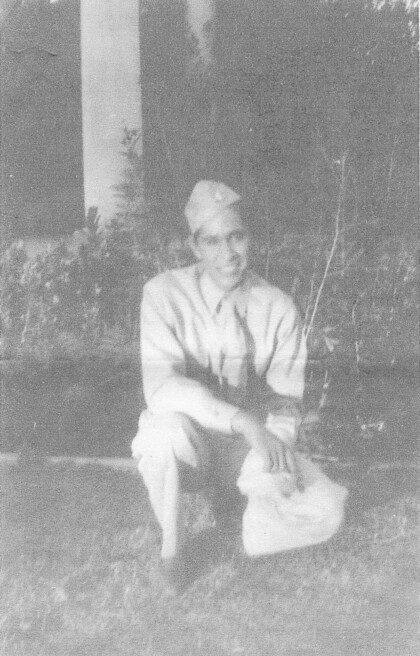
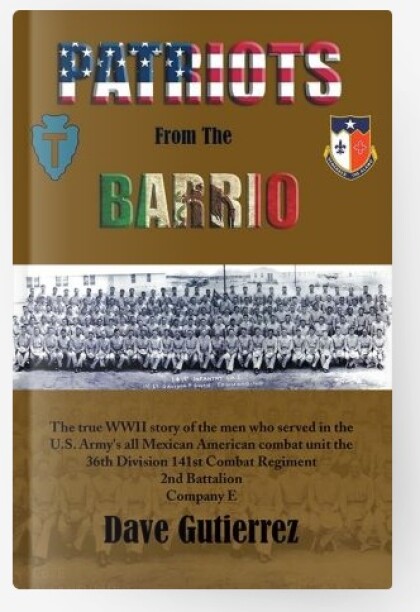
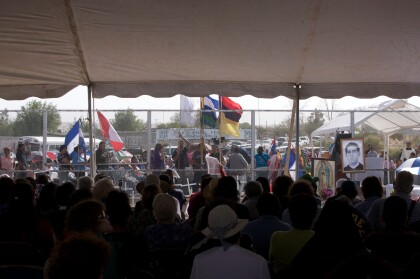
Comments
Add a comment